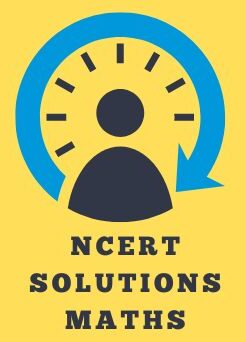Understanding Elementary Shapes Class 6 Ex. 5.7
New Ncert Class 6 Math Free Solution.
Exercise 5.7
Question 1 :- Say True or False:
(a) Each angle of a rectangle is a right-angle.
(b) The opposite sides of rectangle are equal in length.
(c) The diagonals of square are perpendicular to one another.
(d) All the sides of a rhombus are of equal-length.
(e) All the sides of a parallelogram are of equal-length.
(f) The opposite sides of trapezium are parallel.
Solution 1:-
(a) True
(b) True
(c) True
(d) True
(e) False
(f) False
Question 2 :- Give reasons for the following:
(a) A square can be thought of as a special-rectangle.
(b) A rectangle can be thought of as a special-parallelogram.
(c) A square can be thought of as a special-rhombus.
(d) Square, rectangles, parallelograms are all quadrilaterals.
(e) Square is also a parallelogram.
Solution 2:-
(a) A rectangle with all sides equal becomes a square.
(b) A parallelogram becomes a rectangle when each angle is a right angle.
(c) A square is formed when a rhombus has a right angle at each corner.
(d) All these are four-sided polygons made of line segments.
(e) A square is a parallelogram because its opposing sides are parallel.
Question 3 :- A figure is said to be the regular if its sides are equal in length and angles are equal in measure. Can you identify the ‘regular’ quadrilateral ?
Solution 3:-
Square is only the ‘regular’ quadrilateral with equal sides and equal angles.
Therefore, a square is a ‘regular’ quadrilateral.
Free Understanding Elementary Shapes Class 6 Exercise. 5.7 for Free (2023-24).
